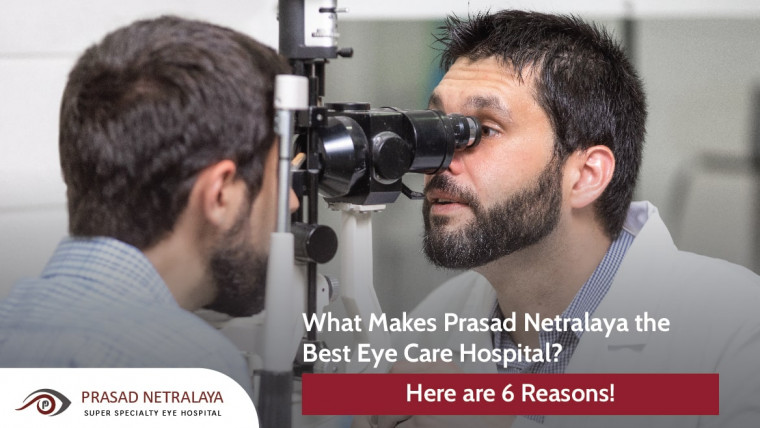Have you ever heard of the term blepharochalasis? Blepharochalasis or blepharochalasis syndrome is a condition of episodic inflammation of the eyelids. The word originates from the Greek blepharon (eyelid) and chalasis (a relaxing). It consists of recurring bouts of upper eyelid oedema and may result in thinning or fine wrinkling of the involved skin. ‘Oedema’ or ‘edema’ is the medical term for swelling. The lower eyelids are usually not affected in blepharochalasis.
As someone ages, their eyelids stretch and the supporting muscles weaken. Excess fat may gather above and below the eyelids, causing sagging eyebrows and droopy upper lids, and this is blepharochalasis. While unilateral blepharochalasis is a rare disorder with an unknown etiology and pathogenesis.
Table of Contents
What Are the Symptoms of Blepharochalasis?
If you are wondering about blepharochalasis symptoms, an obvious sign would be swelling in the upper eyelid, wherein fluids accumulate in and around the eyelid tissues. Some other symptoms of blepharochalasis are —
- Bagginess: The eyelid skin gradually loses its shape and effectiveness resulting in redundant skin folds and eyebags.
- Thin and wrinkled skin on the eyelid: Multiple oedema attacks can leave eyelid skin thin, stretched or wrinkled.
- Spider veins: Recurring oedema attacks could cause eyelid pigmentation with bronze-coloured deposits or visible thread-like red lines — like spider veins.
- Vision Trouble: The swelling may cause upper eyelids to feel “heavy” and interfere with vision and lower eyelids to become abnormally positioned. Also, the lax skin that occurs after repeated edema attacks can make upper eyelids slack and droopy, obscuring fields of vision.
What Are the Causes of Blepharochalasis?
When it comes to blepharochalasis, genetics or heredity may be considered risk factors. However, they don’t directly cause the disorder but may increase the chances of someone developing it.
There could be some possible triggers that may precede an eyelid oedema attack and cause blepharochalasis, like —
- The decrease in or loss of elastic fibers in the eyelid tissue
- Eyelid trauma from injury or illness
- Hormonal changes in a person
- Upper respiratory tract infections
- Environmental factors such as wind exposure, bug bites or allergies
- Behavioural factors such as fatigue, crying, emotional stress
- Immunoglobulin A (IgA) deposits in eyelid skin.
Blepharochalasis Vs Dermatochalasis
The term blepharochalasis is often misused to indicate redundant skin in the eyelid due to ageing, which is a common condition called dermatochalasis. Blepharochalasis is a condition that typically affects the upper eyelids in younger patients, while dermatochalasis is a condition that typically affects older people.
How Can Blepharochalasis Be Treated?
If blepharochalasis leads to complications like ptosis and eyelid skin laxity, surgical interventions are aimed at correcting them. But complications or not, surgical options to treat it include blepharoplasty, oculoplasty and eyelid tightening.
The most common blepharochalasis surgery is blepharoplasty.
- Blepharoplasty: It is a type of surgery that repairs droopy eyelids and may involve removing excess skin, muscle and fat. If sagging skin around your eyes causes reduced peripheral vision, blepharoplasty can reduce or eliminate the vision problem. It can also make someone’s eyes appear younger and more alert.
With rapid advancements set to come in the future of eye care, we can expect newer and better methods to treat eyelid bags or blepharochalasis, and even dermatochalasis. For now, if you are experiencing symptoms of the same, you can avail a consultation to properly treat the issue and any vision problems that may have occurred due to it — at Prasad Netralaya. We are Mangalore and Udupi’s most trusted Eye Care Hospital with specialists skilled and qualified in blepharochalasis management and its surgical treatment. Call us at +91 9513596565 or book an appointment if you wish to visit in person.



